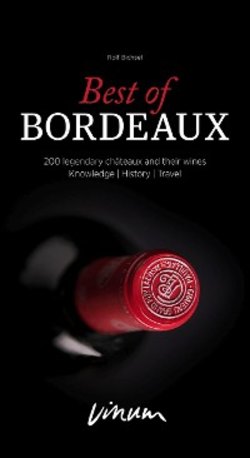Читать книгу Best of Bordeaux - Rolf Bichsel - Страница 29
ОглавлениеThe city of Bordeaux
29
Bordeaux's strengths, and one aspect is missing or even completely ignored in
many analyses of Bordeaux, namely the inglorious chapter of the slave trade.
Bordeaux, with Liverpool and Nantes, was for a long time one of its major hubs.
This is how scheming merchants did it: they gathered capital (as already men-
tioned, many Bordeaux citizens were part-time bankers), bought or chartered
a couple of ships, loaded them up with goods (wine) in Bordeaux, sent these
across the world, invested the profits in ‘black ivory' from Africa that they trans-
ported to the colonies, where these slaves were exchanged for ‘colonial goods'
such as coffee, cocoa or sugar which made their way back to Bordeaux – so as
well as making a bigger profit, they only indirectly got their hands dirty. So many
wine estates were created with capital earned from the slave trade that the phi-
losopher Montesquieu, living in neighbouring Labrède, definitely had first-hand
knowledge of what he was talking about when he penned the following: ‘the cry
for slavery is the cry of luxury and voluptuousness, not of public felicity.' How-
ever, in many learned books this chapter reads as follows: in the 18th century
Bordeaux became rich from trade and attracted numerous immigrants from
countries all over the world such as England, Ireland, Scandinavia, Germany
and Switzerland. They generally settled in the Chartrons (‘Carthusians') district
like generations of immigrants before them: originally marshland outside of
the city proper. By the late Middle Ages, Chartrons – with its barrel stores from
